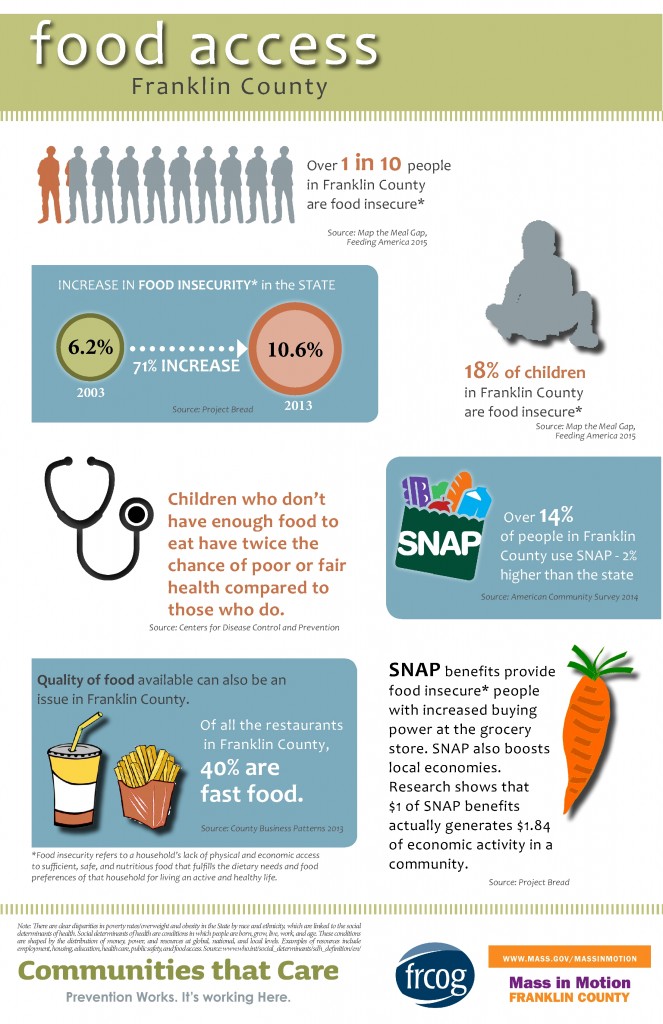We're Below To Talk About Surgical Solutions For Hernia Kind

Web Content Author-Skinner Sullivan
* Inguinal hernia: A protrusion of cells via a damaged location in the stomach wall surface, usually on one side of the groin.
* Hiatal rupture: A protrusion of the stomach through the diaphragm and into the breast cavity.
* Umbilical hernia: A bulge near the belly button that happens when a weakened location in the abdominal wall permits fat or other tissue to push through.
* Forward hernia: A bulge that happens when a weakened area in the abdominal wall surface enables fat or other cells to press through, usually near a previous medical laceration.
* Incisional hernia: A lump that occurs when a weakened location in the abdominal wall surface allows fat or various other cells to press through, often near a previous surgical cut.
It is essential to keep in mind that not all hernias require surgery, however these types do. If you think you have a hernia, it is very important to consult a medical care expert for correct diagnosis and therapy.
So, you have actually been experiencing some discomfort lately, and after a detailed evaluation, your medical professional has figured out that you have a hernia. Now, before you begin worrying, it is essential to understand that not all ruptures need surgical intervention.
Nevertheless, there are specific kinds that do, and that's what we're below to review. From inguinal hernias to umbilical hernias and even hiatal ruptures, each one offers its own one-of-a-kind difficulties and considerations.
However let's not prosper of ourselves right now. We'll study the specifics soon enough.
Inguinal Hernias
If you're experiencing discomfort and pain in your groin area, you might have an inguinal hernia that calls for surgical treatment. An inguinal rupture happens when a part of the intestinal tract or fatty tissue presses through a weak spot in the inguinal canal, which is located in the reduced abdomen.
This sort of rupture is a lot more typical in males than females and can be brought on by aspects such as hefty lifting, stressing throughout bowel movements, or persistent coughing. Signs and symptoms of an inguinal hernia consist of a lump in the groin area, discomfort or pain when coughing or raising, and a feeling of pressure or weakness in the groin.
If left without related website , an inguinal hernia can result in issues such as bowel blockage or strangulation, which is why medical treatment is needed to fix the rupture and protect against more complications.
Umbilical Ruptures
Do you know what an umbilical rupture is and just how it can be treated operatively?
An umbilical hernia occurs when a part of the intestine or abdominal tissue protrudes via a weak point in the stomach wall near the stomach switch.
If you have an umbilical rupture that needs medical treatment, right here are three therapy options to take into consideration:
- Rupture repair work surgical procedure: This is the most common therapy for umbilical ruptures. Throughout the procedure, the specialist will certainly make a laceration near the hernia and press the extending tissue back into place. They'll then enhance the abdominal wall surface making use of stitches or a mesh spot.
- Laparoscopic surgical procedure: In some cases, a minimally intrusive approach called laparoscopic surgery might be utilized. This strategy involves making small lacerations and utilizing a video camera and specialized devices to fix the hernia.
- Open up surgical treatment: In even more complicated cases, open surgical treatment may be necessary. This involves making a larger cut to gain access to and repair the rupture.
Hiatal Hernias
A hiatal hernia happens when part of the tummy extends with the diaphragm into the chest cavity. This kind of rupture is relatively common and frequently needs surgical treatment.
Hiatal ruptures can be classified into two main types: gliding and paraesophageal hernias. Sliding hernias are one of the most common and take place when the reduced part of the esophagus and the top of the belly slide up into the upper body via the respite, a tiny opening in the diaphragm.
On the other hand, paraesophageal hernias are less typical but extra extreme. In this kind, a section of the belly pushes with the respite along with the esophagus, causing prospective complications like gastric volvulus or strangulation.
Surgical repair work is typically necessary to deal with hiatal hernias and reduce signs such as heartburn, breast pain, and difficulty swallowing.
Final thought
So there you have it, the various sorts of hernias that call for medical intervention.
One example of a rupture instance that needed surgical procedure is John, a 45-year-old guy who experienced an inguinal hernia. In https://writeablog.net/jazmine40mikel/developments-in-the-field-of-rupture-surgical-treatment-the-most-recent of his initial discomfort and concern, John chose medical intervention.
The treatment achieved success, and he experienced a complete recovery, permitting him to go back to his normal tasks without any more problems.
Keep in mind, it's important to talk to a healthcare professional if you presume you might have a rupture that needs surgical therapy.

